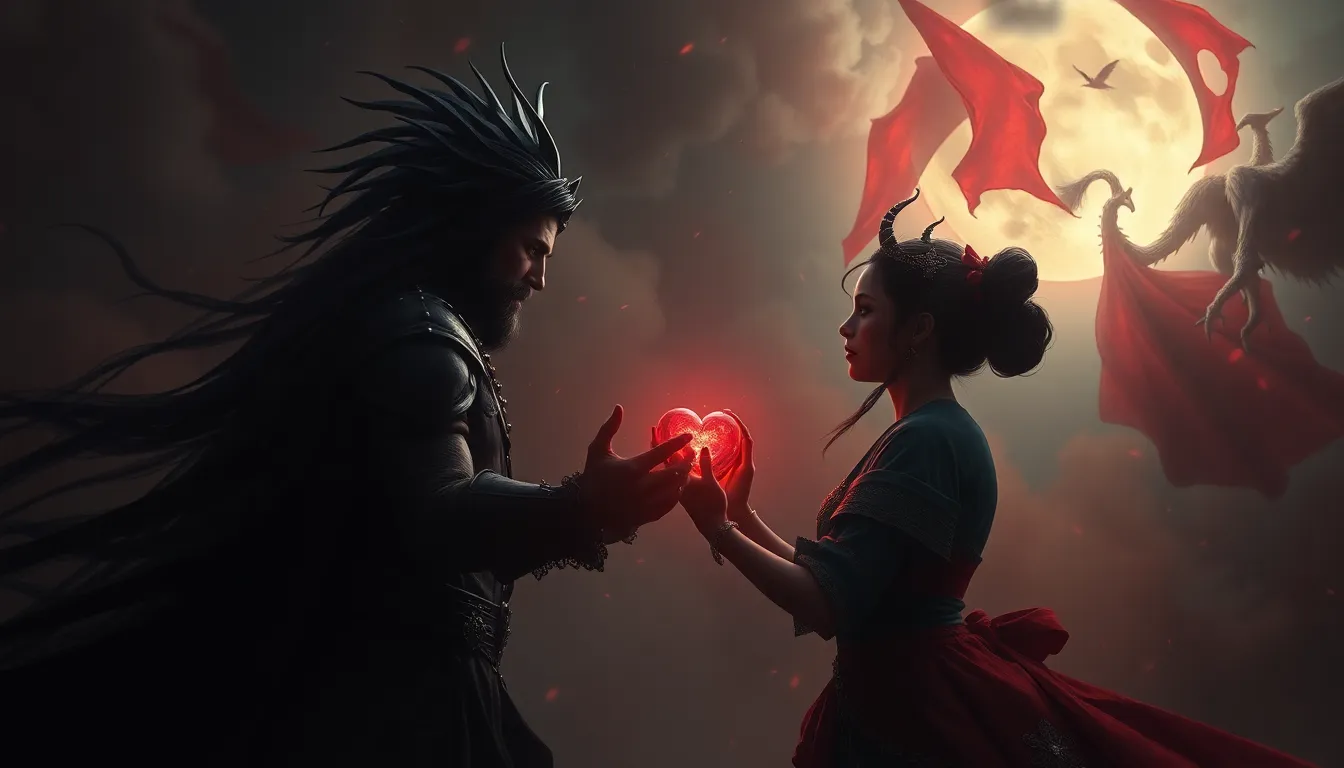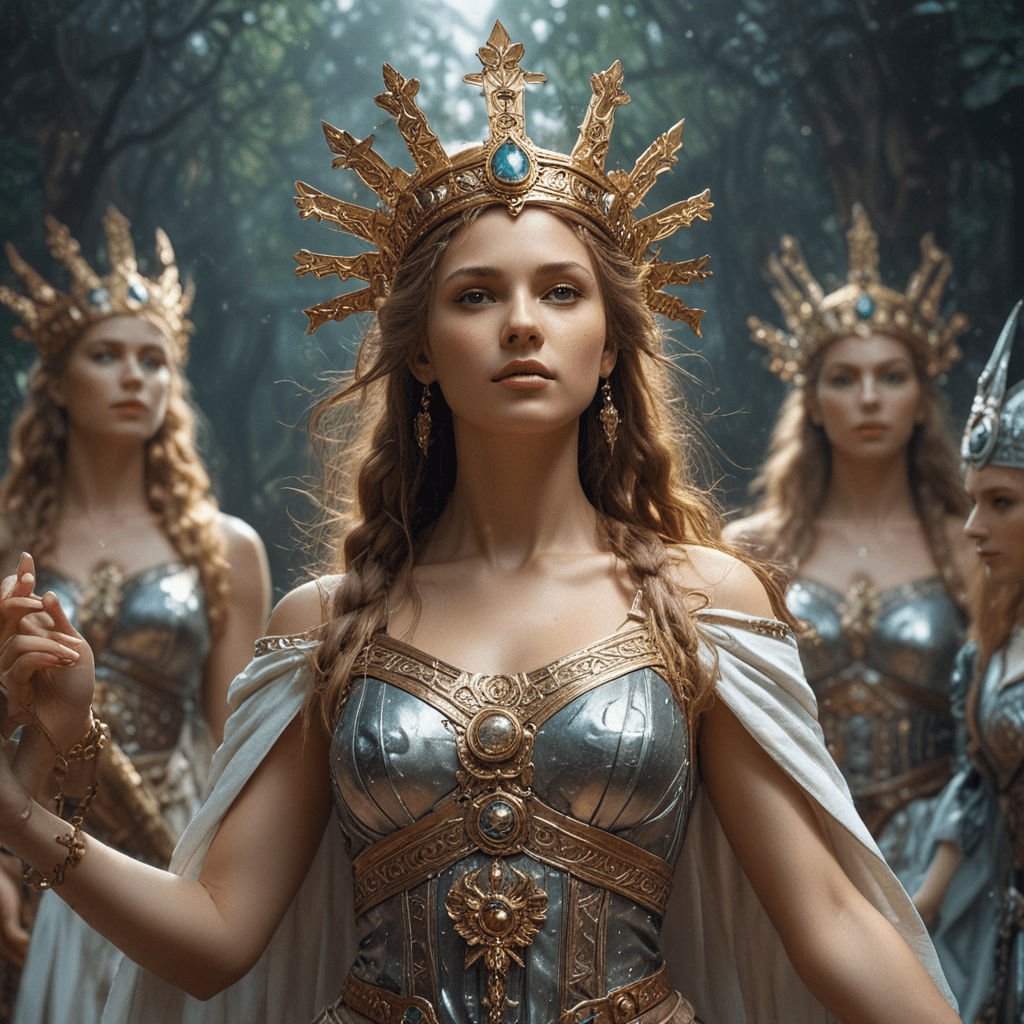Exploring the Underworld: Myths That Will Leave You Breathless
I. Introduction
The concept of the Underworld has intrigued humanity for millennia, serving as a symbol of the unknown and the afterlife in various cultures worldwide. From the shadowy realms of Greek mythology to the intricate beliefs of Egyptian afterlife, these myths reveal much about human fears, aspirations, and beliefs regarding death and what lies beyond. This article aims to explore captivating Underworld myths, shedding light on their significance and implications for humanity.
II. The Underworld in Ancient Mythology
The Underworld is often defined as a realm where souls go after death, characterized by its dark and mysterious nature. Across different cultures, the Underworld serves various purposes:
- It acts as a destination for the deceased.
- It reflects societal values regarding morality and justice.
- It provides insight into the fears surrounding death and the afterlife.
In many ancient societies, the Underworld was not merely a place of punishment, but also a necessary component of the life cycle, emphasizing the interconnectedness of life and death.
III. Greek Mythology: Hades and the Afterlife
In Greek mythology, the Underworld is often associated with Hades, both the god and the realm itself. Hades is depicted as a shadowy place, where the souls of the deceased reside. Key figures include:
- Charon: The ferryman who transports souls across the River Styx.
- Cerberus: The three-headed dog who guards the gates of the Underworld.
- Persephone: The queen of the Underworld, who spends half the year with Hades and the other half on Earth.
One of the most poignant tales in Greek mythology is the myth of Orpheus and Eurydice. Orpheus, a talented musician, descends into the Underworld to retrieve his beloved Eurydice. His journey symbolizes love and loss, showcasing the deep emotional connections that bind the living and the dead.
IV. The Egyptian Afterlife: Duat and the Journey of the Soul
Duat, the Egyptian Underworld, is a complex realm where the souls of the deceased undergo a series of trials. Central to this belief system is:
- The Weighing of the Heart: A judgment process where the heart of the deceased is weighed against the feather of Ma’at, the goddess of truth and justice.
- Osiris: The god of the afterlife, whose resurrection symbolizes the cycle of life and death.
In this myth, the heart’s purity determines the soul’s fate, emphasizing the importance of morality in Egyptian culture and the belief in an afterlife where one could be reborn.
V. Norse Mythology: Hel and the Realm of the Dead
In Norse mythology, Hel is the realm of the dead, overseen by the goddess Hel. This Underworld is characterized by its cold and bleak environment, contrasting with the fiery depths of other mythologies. Key elements include:
- Hel’s Inhabitants: Souls who did not die in battle reside here, reflecting a different afterlife perspective.
- The Tale of Balder: Balder’s death leads to a series of events that highlight the interconnectedness of life and death.
- Ragnarök: The prophesied end of days, where many gods and heroes meet their fate, showcasing the cycle of destruction and rebirth.
VI. Mesopotamian Myths: The Descent of Inanna
Inanna’s descent to the Underworld is a significant Mesopotamian myth that explores themes of power, sacrifice, and rebirth. Inanna, the goddess of love and war, ventures into the Underworld to confront her sister, Ereshkigal. Key themes include:
- Power and Sacrifice: Inanna’s journey reflects the sacrifices made in the pursuit of power.
- Gender Dynamics: The myth raises questions about the roles of women in mythology, challenging traditional narratives.
- Rebirth: Inanna’s eventual return symbolizes renewal and the cyclical nature of life.
VII. Asian Perspectives: Yomi and the Land of the Dead
In Japanese mythology, Yomi is the realm of the dead, a dark and shadowy place. The story of Izanami and Izanagi illustrates creation and the Underworld:
- Izanami: The goddess who dies during childbirth and descends into Yomi.
- Izanagi’s Quest: Izanagi’s journey to retrieve Izanami highlights the themes of separation and the fragility of life.
Cultural rituals surrounding death, such as Obon, reflect the respect and reverence for ancestors, illustrating the ongoing connection between the living and the dead.
VIII. The Underworld in Modern Culture
Ancient myths have significantly influenced contemporary literature and film. Modern adaptations and reinterpretations of Underworld myths include:
- Films such as “Hercules” and “The Matrix” draw on themes from ancient tales.
- Literary works like “The Divine Comedy” explore the journey through the afterlife.
- Video games that incorporate Underworld themes, allowing players to engage with these narratives interactively.
The persistence of these themes in modern storytelling highlights their relevance and the enduring fascination with the Underworld.
IX. Psychological and Cultural Implications of Underworld Myths
Underworld myths play a significant role in shaping human psychology and culture. They address:
- Fear of the Unknown: The uncertainty surrounding death fuels many myths and legends.
- Morality and Ethics: These stories often reflect societal values regarding good and evil.
- Existential Questions: The exploration of life after death prompts profound philosophical inquiries about existence.
In conclusion, myths of the Underworld offer a window into the collective psyche of humanity, illustrating our fears, hopes, and beliefs about what lies beyond the mortal realm.



